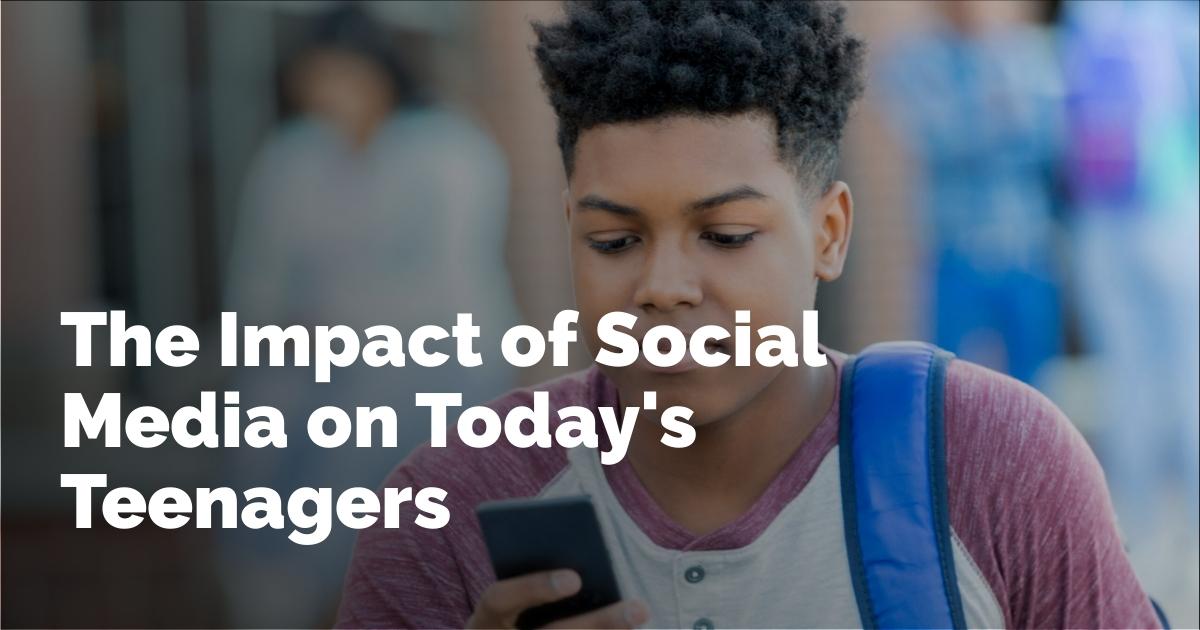How Social Media is Impacting Teenagers
Growing up in today's digital society has its own set of challenges, and one of the most concerning issues is the impact of social media on teenagers' mental and emotional well-being. Experts are increasingly worried about heightened anxiety levels and diminishing self-esteem among young people, attributing these problems to the pervasive influence of social media and text messaging.
Understanding the Concerns
Socialization has moved from in-person interaction to predominantly online engagements. Teens frequently replace face-to-face conversations with texting and online chatting, missing out on essential social cues like body language and facial expressions. This form of communication can lead to misunderstandings and awkwardness, making in-person conversations feel daunting. Many teens find themselves comparing their behind-the-scenes life with others' highlight reels, causing feelings of inadequacy.
To mitigate these effects, parents can play a critical role by modeling healthy technology use and creating tech-free zones in the home. It's crucial for teenagers to engage in activities they're passionate about, helping them build self-esteem based on personal accomplishments rather than appearance or possessions.
The Influence of Social Media
Parents often focus on how digital exposure might impact younger children, but they sometimes overlook how it affects teenagers during this critical developmental stage. Adolescence is marked by rapid cognitive and social development, and social media can exacerbate issues like anxiety and low self-esteem. A UK-based survey by the Royal Society for Public Health found that popular platforms like Snapchat, Instagram, and Facebook are contributing to increased feelings of depression, loneliness, and poor body image among teens.
Indirect Communication and Its Effects
Teens have mastered the art of staying connected, often spending hours scrolling, texting, and sharing online. Before the era of social media, teenagers would meet at malls or talk on the phone, engaging in real-time interactions that helped hone their social skills. Today, much of this communication happens through screens, potentially eroding these crucial skills.
Catherine Steiner-Adair, a clinical psychologist, highlights that the absence of in-person communication cuts essential social cues from interactions. Direct communication, despite its challenges, is essential for developing healthy friendships, which involves risking disagreements and having honest discussions. In contrast, text-based communication allows people to maintain a guarded presence, reducing the stakes and preventing effective emotional exchange.
Cyberbullying and the Imposter Syndrome
Communication through social media platforms also facilitates more aggressive behavior, such as cyberbullying. This form of interaction allows for anonymity and a lack of accountability, making it easier for teens to express themselves in harmful ways they would not consider in face-to-face settings. Girls, in particular, may feel pressured to present a faultless image, as their socialization often involves comparing themselves with peers to form their identities.
Dr. Donna Wick emphasizes that the disconnect between online personas and real-life feelings can fuel the imposter syndrome, where there is an alarming gap between self-perception and projected image. A teen’s internal turmoil can be intensified by trying to maintain a façade of perfection. This continuous strain can lead to feelings of exhaustion and diminished self-esteem.
The Perils of Constant Connection
Smartphones and social media have socialized teenagers to feel perpetually connected. This constant connectivity leaves little room for privacy, making solitude rare and highly sought after. Peer pressure is exacerbated since teens are continuously exposed to others' activities and are compelled to maintain their own digital presence. As Dr. Wick points out, the ongoing demands of online relationships can cause anxiety and emotional burnout.
Moreover, the transparency of digital platforms makes feelings of rejection more profound. Being "left on read" or ignored can bounce from being an occasional slight to a crushing weight of inadequacy, inflaming anxiety over social acceptance.
Advising Parents on Technology Management
Experts recommend that parents establish a proactive approach to managing their children's technology use. By demonstrating balanced device usage and prioritizing direct interaction with their children, parents can strengthen familial bonds and set an appropriate example. Creating technology-free periods at home emphasizes the importance of undisturbed real-life interactions, which are valuable for healthy development.
Delaying the introduction of social media and setting boundaries around it can be beneficial. Encouraging teens to participate in interests that involve personal skill and teamwork contributes significantly to their self-esteem—helping them appreciate their capabilities over superficial metrics.
Frequently Asked Questions
Social media can negatively sway behavior by replacing direct interactions that teach crucial social skills. This often results in an environment where kids are more anxious and less empathic. The omnipresence of social media promotes a culture of constant comparison, contributing to adolescents feeling isolated, depressed, and inadequate.
References
This article is informed by insights from experts like child and adolescent psychiatrists, clinical psychologists, and various studies. It highlights the insights from Dr. Catherine Steiner-Adair and Dr. Donna Wick, specialists in psychology, and studies like the Royal Society for Public Health’s "Status of Mind" survey. These references provide a comprehensive look at the challenges facing today’s teenagers in the digital age.
출처 : Original Source

